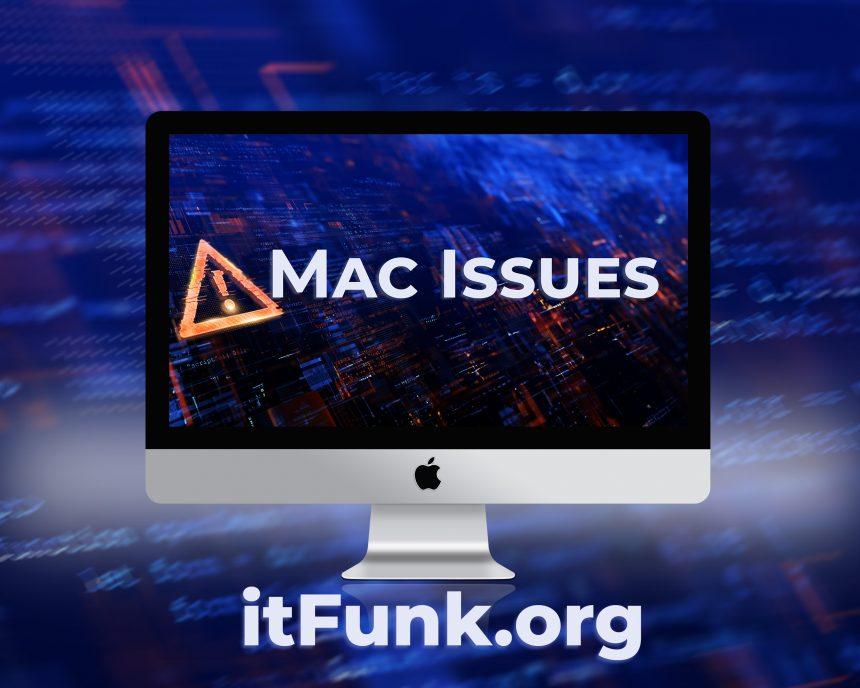As technology advances, so do the tactics of cybercriminals. One such threat targeting Mac users is the Proxy Virus. Operating stealthily, this malware compromises your system’s security, potentially leading to data theft, financial loss, and system instability. In this guide, we delve into the Proxy Virus, its modus operandi, detection methods, removal procedures, and proactive measures to safeguard your Mac against future attacks.
Understanding the Proxy Virus
The Proxy Virus, also known as ProxyBack or OSX/ProxyMiner, infiltrates Mac systems through various vectors, including malicious email attachments, fake software updates, or compromised websites. Once inside, it establishes a proxy server on the infected machine, enabling unauthorized access to sensitive information and resources.
Proxy Virus: Actions and Consequences
Upon infection, the Proxy Virus operates discreetly, manipulating network traffic to redirect it through the compromised proxy server. This not only exposes users to potential surveillance but also facilitates the distribution of other malware or unwanted content. Furthermore, the malware may degrade system performance, cause browser redirects, or inject intrusive advertisements, disrupting the user experience and compromising privacy.
Detection and Similar Threats
Detecting the Proxy Virus requires vigilance and the use of reputable antivirus software. Common detection names for this malware include OSX/ProxyMiner, OSX/ProxyBack, and OSX/ProxyChanger. Additionally, users should remain wary of similar threats such as adware, Trojans, and browser hijackers, which employ comparable tactics to compromise Mac systems.
Proxy Virus: Removal Guide
Removing the Proxy Virus from your Mac demands a systematic approach to ensure complete eradication. Follow these steps meticulously:
- Disconnect from the Internet: Severing the connection prevents further communication with the malicious proxy server.
- Quit Suspicious Processes: Open Activity Monitor (Applications > Utilities > Activity Monitor), identify any suspicious processes, and force quit them.
- Delete Suspicious Files: Navigate to the following directories and delete any files associated with the Proxy Virus:
- /Library/LaunchAgents
- /Library/LaunchDaemons
- /Library/Application Support
- /Library/LaunchDaemons
- ~/Library/LaunchAgents
- ~/Library/Application Support
- Reset Browser Settings: Resetting browser settings eliminates any malicious extensions or configurations. Go to Safari or your preferred browser’s settings and select the option to reset.
- Scan with Antivirus Software: Run a comprehensive scan using reputable antivirus software to detect and remove any remaining traces of the Proxy Virus.
- Restart Your Mac: Reboot your Mac to finalize the removal process.
Preventing Future Infections
Prevention is key to mitigating the risk of Proxy Virus infections and similar threats. Adopt these best practices to safeguard your Mac:
- Keep Software Updated: Regularly update your operating system and applications to patch security vulnerabilities.
- Exercise Caution Online: Avoid clicking on suspicious links, downloading unknown files, or visiting untrusted websites.
- Enable Firewall Protection: Activate the built-in firewall on your Mac to monitor and control incoming and outgoing network traffic.
- Use Strong Passwords: Employ complex passwords and enable two-factor authentication to fortify account security.
- Educate Yourself: Stay informed about the latest cybersecurity threats and tactics to recognize and thwart potential attacks.
Conclusion
The Proxy Virus poses a significant threat to Mac users, compromising system integrity and jeopardizing sensitive data. By understanding its behavior, employing vigilant detection methods, and following thorough removal procedures, users can effectively mitigate the risk of infection. Additionally, implementing proactive measures and adhering to cybersecurity best practices are essential for safeguarding Mac systems against future threats.





